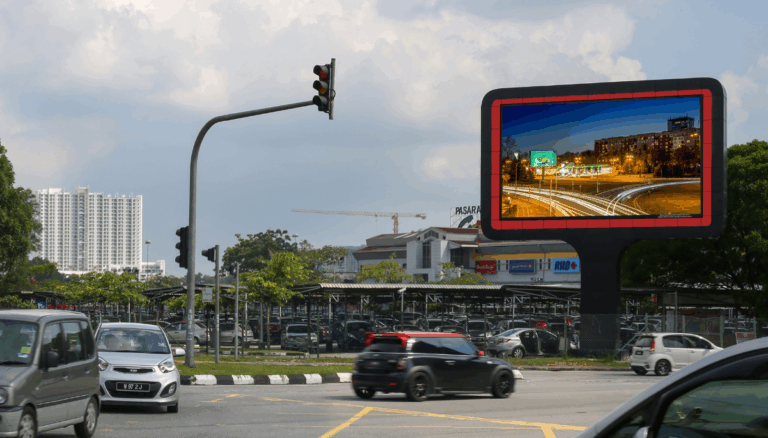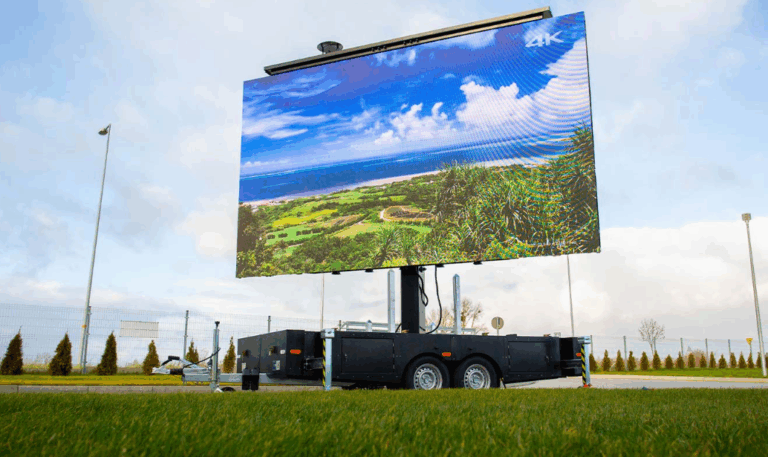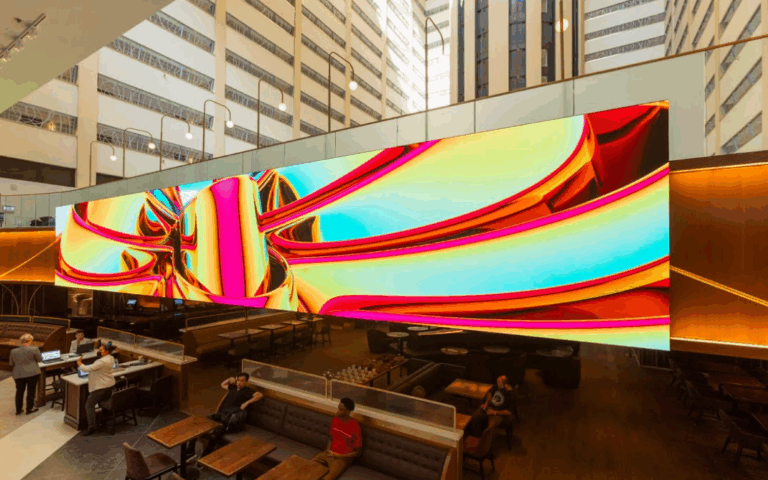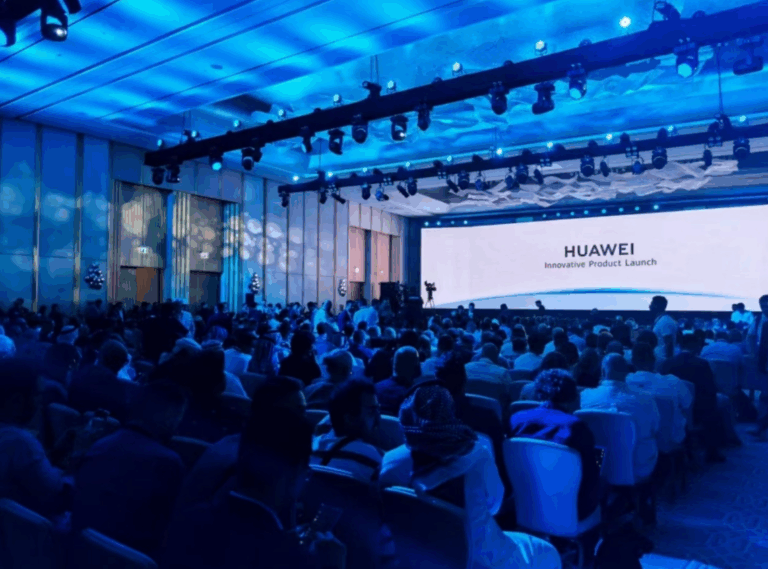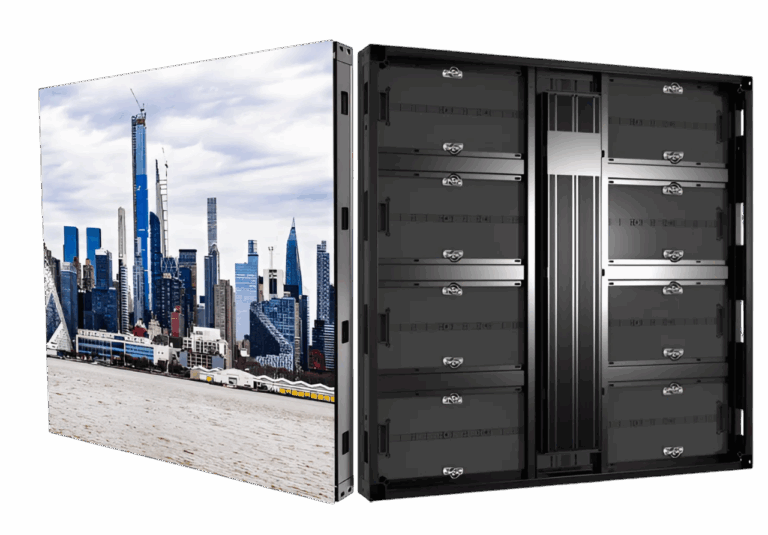Contents
A. Core Advantages of Custom LED Advertising Screens in Kenya
B. Top Questions Customers Care About During Customization
C. Price Ranges and Factors That Affect Cost
D. Case Studies: Custom Projects Deployed in Kenya
E. Capabilities a Quality Custom Supplier Should Have
F. Conclusion
In Kenya, LED advertising screens are fast becoming a go-to channel for brand communication. Especially in busy cities like Nairobi and Mombasa, outdoor LED displays draw attention with high brightness, flexibility, and strong visual impact. More companies are opting for customized LED solutions to achieve more effective brand exposure. So what is the typical price range for custom LED advertising screens in Kenya? What local requirements should you be aware of? How do you choose the right product? This article answers those questions.
A. Core Advantages of Custom LED Advertising Screens in Kenya
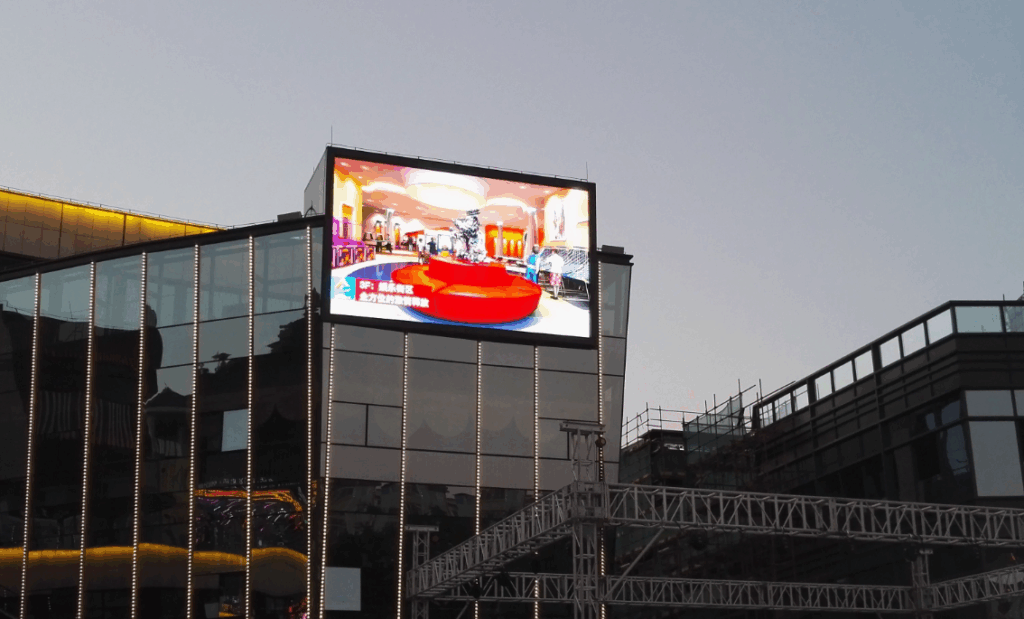
-
Built for local climate and environment: dustproof, waterproof, high-temperature resistant
Kenya’s climate varies — coastal Mombasa is humid and rainy while inland areas can be hot and dry year-round. A high-quality LED advertising screen must handle these conditions:
-
Dust and water protection: Use IP65 or higher protection to keep screens running in dust storms or heavy rain.
-
High-temperature design: In parts of Kenya, temperatures can exceed 40°C in summer. Screens need efficient cooling systems to prevent overheating and performance loss.
-
UV resistance: Materials must resist UV aging so the display won’t fade or deform over time.
These features extend lifespan and reduce maintenance costs — ideal for outdoor advertising in Kenya.
-
Flexible size and shape customization to suit diverse scenarios
From busy CBD intersections in Nairobi to toll plazas in Mombasa, installation environments vary widely. Custom design meets those needs:
-
Flexible sizes: From small indoor units to giant outdoor billboards, screens can be tailored precisely to site dimensions.
-
Creative shapes: Curved, circular, and custom-shaped screens can match building façades or unique advertising spots.
-
Modular assembly: Modules make transport and installation easier, useful for remote sites or complex terrain.
This flexibility helps brands achieve targeted exposure across different locations and contexts.
-
High brightness and energy-saving tech to improve ad effect and sustainability
Kenya enjoys strong sunlight, so screens need high brightness for daytime visibility:
-
High brightness: Quality screens reach 6,000–8,000 nits to keep images vivid in strong light.
-
Energy-saving tech: Efficient LED chips and intelligent control systems reduce power consumption and align with Kenya’s energy and environmental expectations.
-
Smart dimming: Automatic brightness adjustment based on ambient light saves energy and extends screen life.
These technologies boost ad impact, lower operating costs, and support greener operations.
B. Top Questions Customers Care About During Customization

-
How to choose screen size and resolution?
Choose size and resolution based on installation site and budget:
-
Size: Small indoor screens (2–10 m²) suit malls and hotels; large outdoor screens (20 m²+) work for highways and busy CBDs.
-
Resolution: For outdoor use, P6–P10 (6–10 mm pixel pitch) is recommended for long-distance viewing; indoor screens should be P2–P4 for crisper detail.
-
Rule of thumb: Pixel pitch (mm) ≈ viewing distance (m). Example: for a 10 m viewing distance, a P10 screen is usually sufficient.
-
How to determine brightness, color quality, and viewing distance?
-
Brightness: Outdoor screens should be 6,000 nits or higher; indoor screens around 3,000 nits is often enough.
-
Color: Choose screens with high refresh rates (≥ 3840 Hz) and wide color gamut to ensure vivid colors and smooth motion.
-
Viewing distance: Tied to pixel pitch — P10 suits 10–50 m viewing distances; P4 suits roughly 5–20 m.
-
What are the power, waterproofing, and dustproof technical requirements?
-
Power: Kenya uses 240V/50Hz. Screens must be compatible with the local grid and should include voltage stabilizers to handle fluctuations.
-
Waterproof/dustproof: Outdoor screens should meet IP65 or above; indoor screens can be IP54.
-
Cooling: Built-in fans or heat pipes are necessary to maintain stability in high temperatures.
-
How are installation and ongoing maintenance handled?
-
Installation methods: Common options are wall-mount, pole-mounted, and suspended installations; select steel structures suited to the site.
-
Maintenance: Opt for modular designs so damaged modules can be swapped quickly. It’s advisable to sign a maintenance contract with your supplier for fast response times.
C. Price Ranges and Factors That Affect Cost
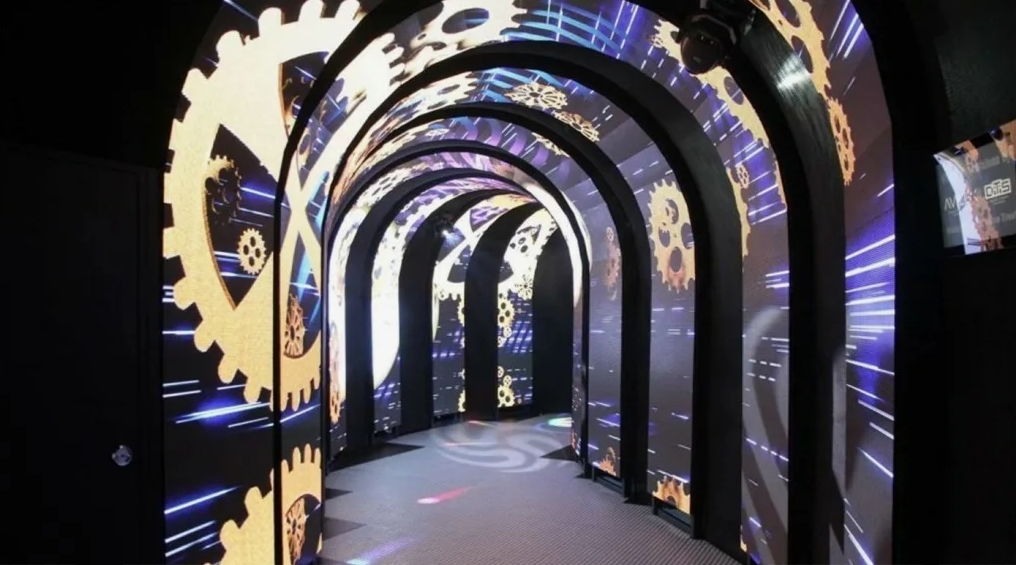
-
Approximate price ranges by LED screen type (per m²)
Based on market research, custom LED screen prices in Kenya vary by type and configuration. These are rough ranges; exact quotes require supplier consultation:
-
Outdoor fixed screen (P6–P10): $800–$1,500 / m²
-
Indoor screen (P2–P4): $1,000–$2,000 / m²
-
Rental screen (P3–P6): $1,200–$2,500 / m²
-
Transparent / flexible screens: $2,000–$4,000 / m²
-
How driver ICs, packaging components, and control systems influence price
-
Driver ICs: High-quality ICs (e.g., premium Taiwanese ICs) raise refresh rate and stability but can increase cost by 20%–30%.
-
Packaging: COB (chip-on-board) is more durable than SMD but costs more, making it a choice for high-end projects.
-
Control systems: Remote content management systems (e.g., NovaStar) add approximately $100–$300 / m².
-
Are steel structures, shipping, and installation included?
-
Steel structures: Depending on size and method, add roughly $50–$200 / m².
-
Shipping: Container transport from China to Kenya costs roughly $2,000–$5,000 per shipment.
-
Installation: Local installation typically accounts for 10%–20% of the total project cost, covering labor and equipment.
D. Case Studies: Custom Projects Deployed in Kenya
-
Outdoor billboard at a Nairobi CBD intersection
-
Area: 32 m², Model: P6 full-color
-
Features: 24/7 operation, remote content updates, and it has become a new landmark in the commercial district.

-
Mombasa highway toll station guidance screen
-
Area: 12 m², Model: single-color + graphic LED panel
-
Features: Real-time toll and traffic information, supporting smart traffic operations.
E. Capabilities a Quality Custom Supplier Should Have
Picking a reliable supplier is key to a successful project. Core capabilities include:
-
Local service and installation support: A Kenyan office or local partner enables quick responses for installation and maintenance.
-
Factory direct supply with flexible size/shape options: Working directly with manufacturers avoids middleman markups and ensures true customization.
-
Solid after-sales and spare parts supply: At least 1–2 years warranty and ample spare parts to minimize downtime.
-
Content management system (CMS) and remote control: Cloud-based content updates and remote monitoring let advertisers adjust content in real time.
F. Conclusion: Custom LED Advertising Helps Your Brand Stand Out in Kenya
In the digital marketing era, LED advertising screens are more than display tools — they amplify brand influence. For the Kenyan market, choosing the right supplier and the right product fit matters more than chasing the lowest price.
From brightness to resolution, from installation to maintenance — a balanced evaluation of all factors will produce an LED solution that truly meets your needs. If you’re thinking about upgrading your brand’s outdoor presence in Kenya, now’s a good moment to act.
References:

